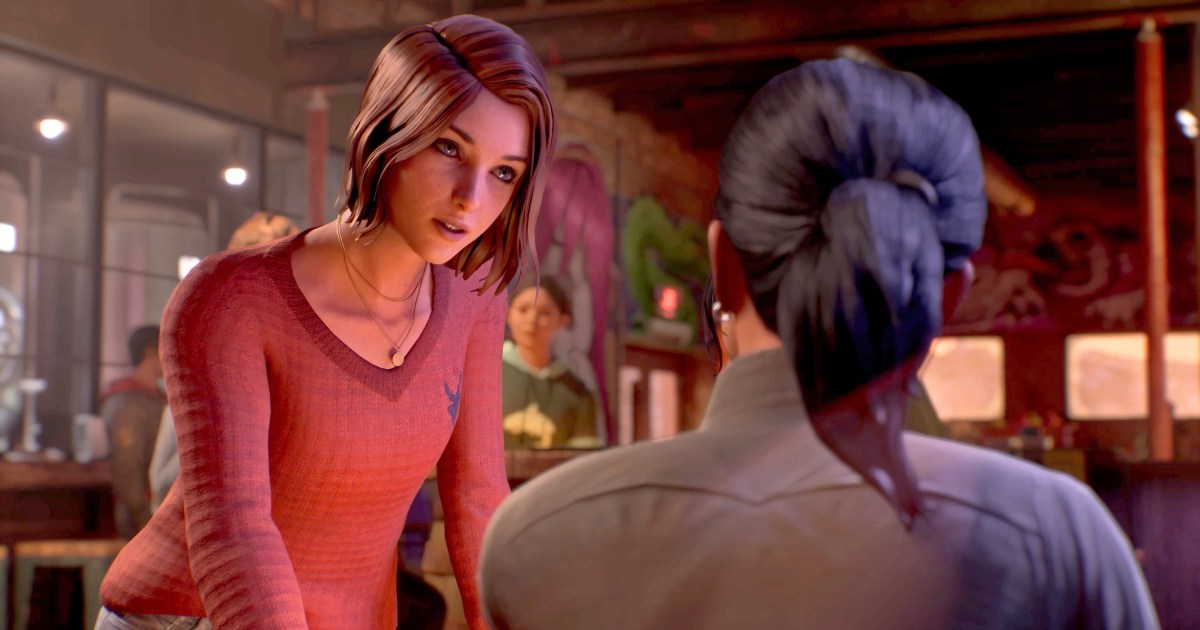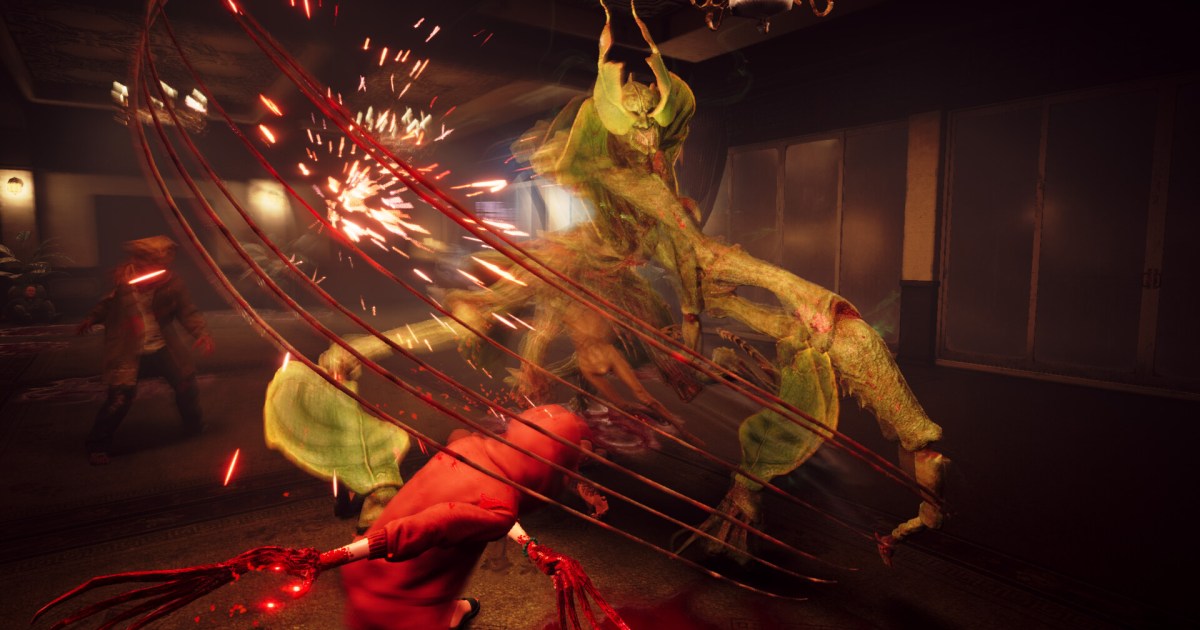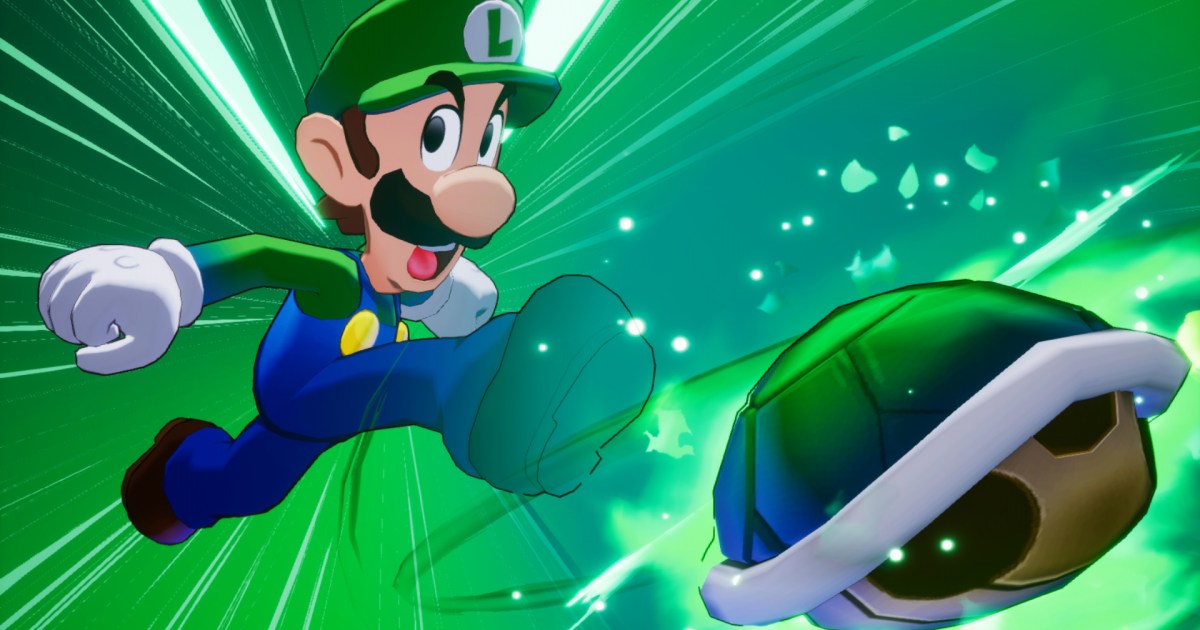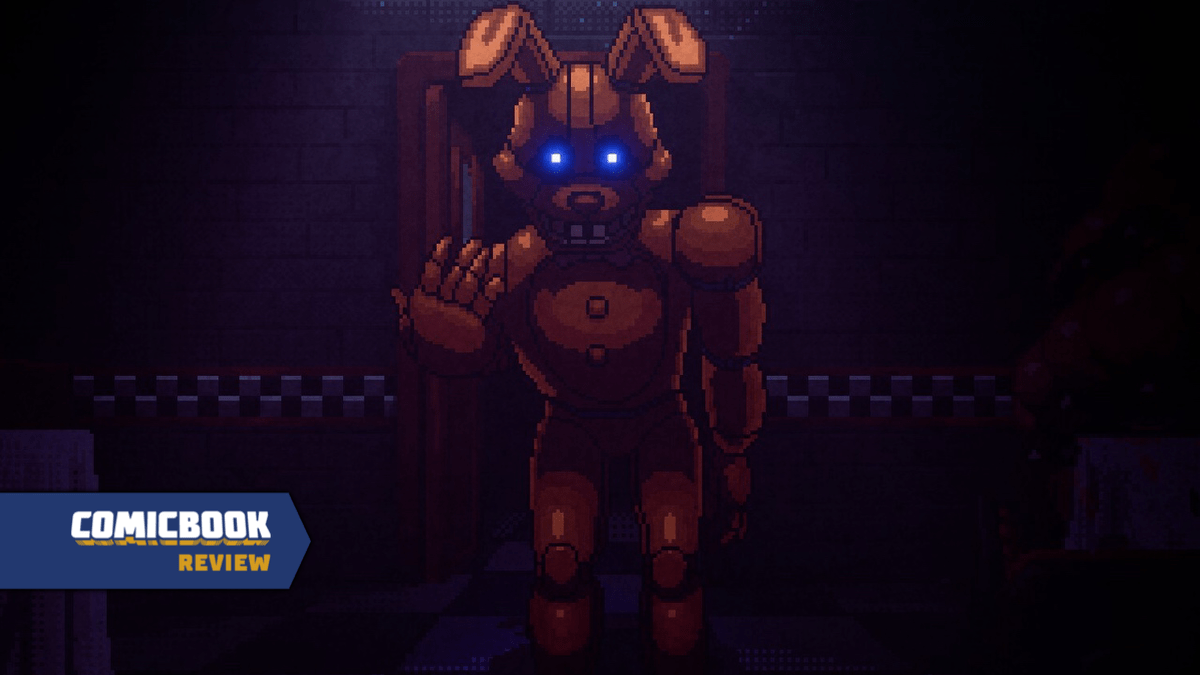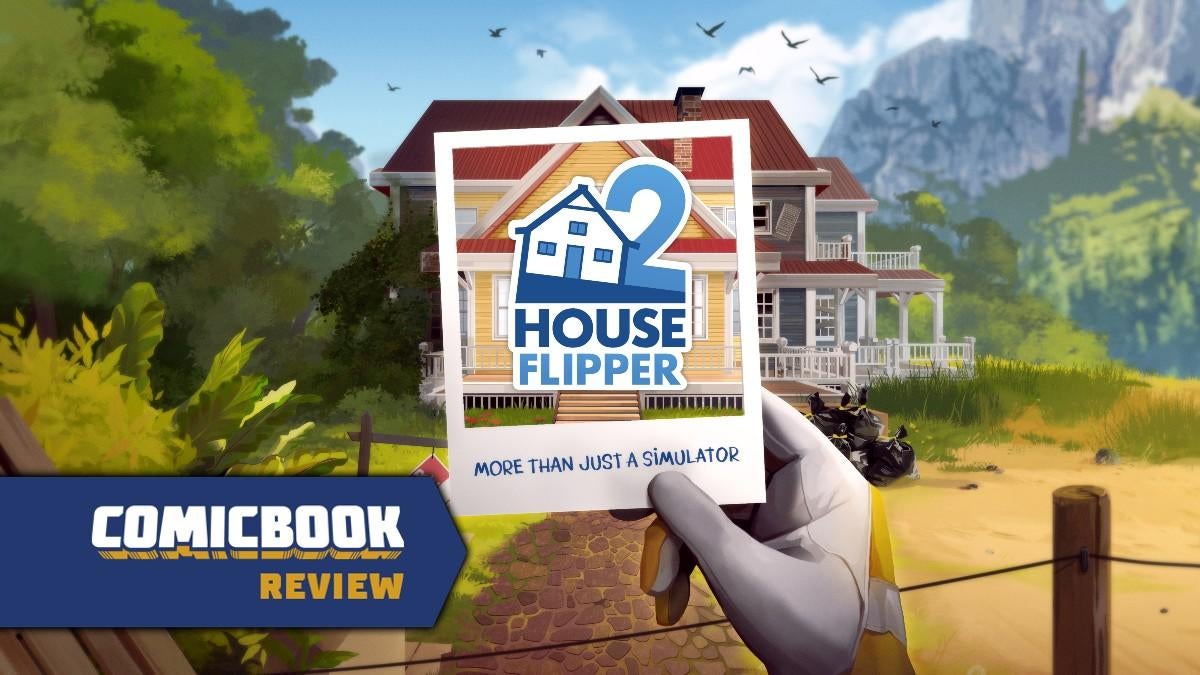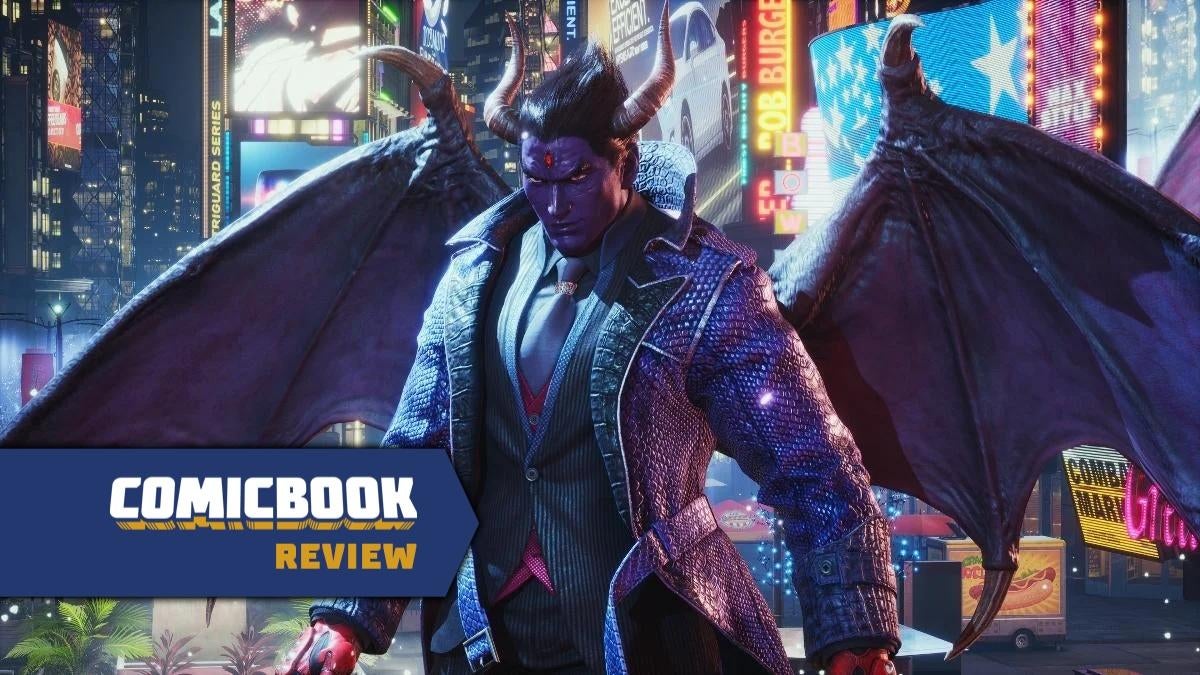A decade after the emotional rollercoaster of the original Life is Strange, Max Caulfield returns in Double Exposure, a poignant exploration of trauma, regret, and the weight of choices. While the gameplay remains relatively simple, the narrative depth and emotional resonance of Max’s journey make this a compelling return for fans of the series.
Life is Strange: Double Exposure picks up years after the original game’s dramatic conclusion. Max, now a teacher at the prestigious Caledon University, grapples with the lingering effects of her past decisions and the burden of her time-bending powers. The narrative expertly weaves together themes of loss, acceptance, and the complexities of navigating adulthood while carrying the scars of the past. This resonates deeply with players who have grown alongside Max, mirroring the challenges and self-reflection that come with time and experience.
A Familiar Face in a New Setting
The game’s setting, Caledon University, offers a fresh backdrop for Max’s story, while retaining the familiar atmosphere that defined Arcadia Bay. The vibrant, painterly art style elevates the visual experience, capturing the emotional nuances of each scene. The return of Hannah Telle as Max’s voice actress provides a seamless connection to the original game, delivering a performance that is both powerful and vulnerable. The supporting cast, particularly Olivia AbiAssi as Safi, adds depth and complexity to the narrative, creating memorable characters who quickly become integral to Max’s journey.
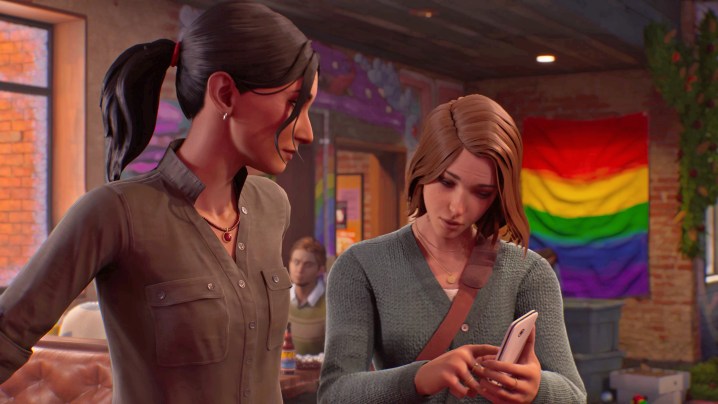 Max shows Safi her phone in Life is Strange: Double Exposure.Max and Safi share a moment in Life is Strange: Double Exposure.
Max shows Safi her phone in Life is Strange: Double Exposure.Max and Safi share a moment in Life is Strange: Double Exposure.
The central conflict revolves around the murder of Max’s friend, Safi, which triggers a resurgence of Max’s time-manipulation abilities. This provides the narrative impetus for exploring themes of responsibility, guilt, and the desire to undo past mistakes. The game delves into the emotional toll of carrying such power, portraying it as both a gift and a curse. While the time travel mechanics offer intriguing possibilities, the gameplay remains largely unchanged from previous entries in the series. The focus is firmly on narrative choices and character development, with limited opportunities for exploration or puzzle-solving.
Navigating the Past and Present
Double Exposure skillfully explores the complexities of interpersonal relationships, particularly the lingering impact of past connections. The game acknowledges the different paths Max’s life could have taken, depending on the player’s choices in the original game. This adds a layer of emotional depth and encourages reflection on the butterfly effect of decisions. While some fans have expressed concerns about the portrayal of Max’s relationship with Chloe, the game’s focus on Max’s individual growth and her journey towards self-acceptance remains central.
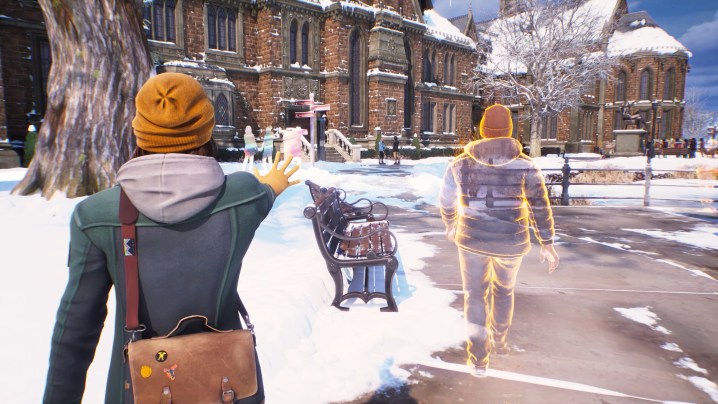 Max uses her powers in Life is Strange: Double Exposure.Max utilizes her time-bending abilities in a pivotal moment.
Max uses her powers in Life is Strange: Double Exposure.Max utilizes her time-bending abilities in a pivotal moment.
The narrative effectively captures the experience of revisiting the past and grappling with regret. Max’s internal struggles mirror the universal experience of questioning past choices and wondering “what if?” This theme resonates with players on a personal level, making Max’s journey both relatable and emotionally engaging.
A Narrative Focus with Gameplay Limitations
While Double Exposure excels in its narrative and character development, the gameplay remains a relatively straightforward point-and-click adventure. The time travel mechanics, while thematically relevant, don’t significantly alter the core gameplay loop. Compared to other narrative adventure games, Double Exposure lacks the same level of innovation in its gameplay design. This may disappoint players seeking more interactive experiences, but the strength of the story and characters compensates for the simplicity of the gameplay.
 Two characters look off screen in Life is Strange: Double Exposure.A quiet moment of reflection in Life is Strange: Double Exposure.
Two characters look off screen in Life is Strange: Double Exposure.A quiet moment of reflection in Life is Strange: Double Exposure.
A Bittersweet Return
Double Exposure offers a bittersweet return to the world of Life is Strange, delivering a compelling narrative that explores themes of trauma, regret, and the enduring power of friendship. While the gameplay remains largely unchanged, the emotional depth of Max’s journey and the strong performances from the voice cast make this a worthwhile experience for fans of the series. The ending, however, leaves some questions unanswered, hinting at a potential sequel while not providing full closure to Max’s story. Despite this, Double Exposure succeeds in capturing the same emotional resonance that made the original game so impactful, offering a poignant reflection on the passage of time and the choices that shape our lives.
Life is Strange: Double Exposure was tested on Xbox Series X/S with a code provided by the publisher.



